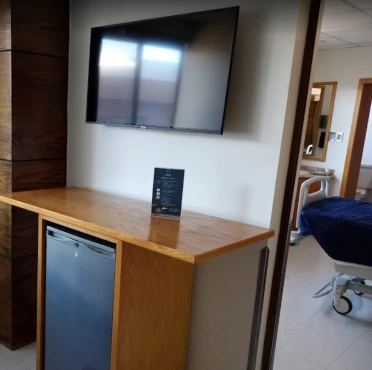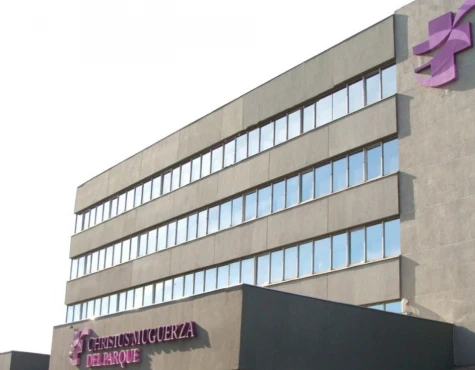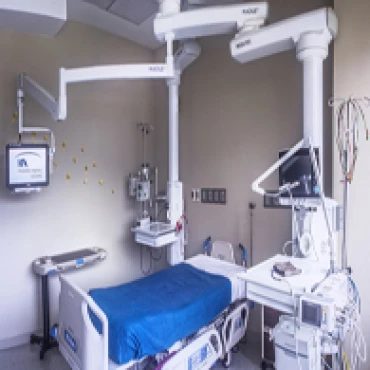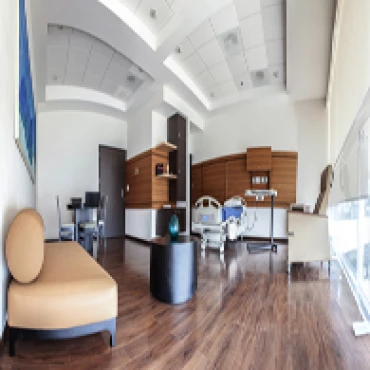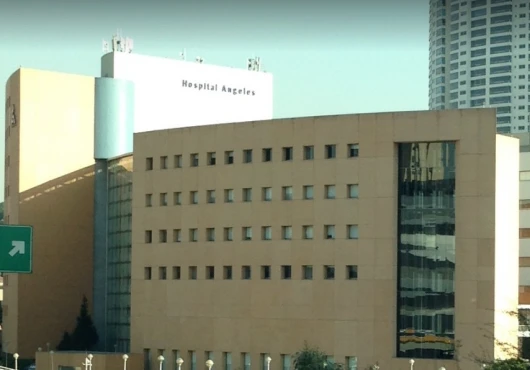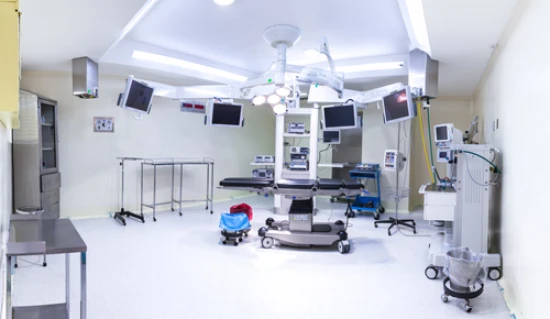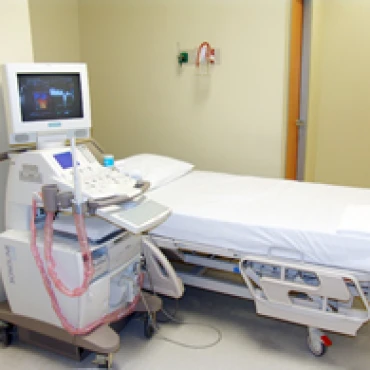Aortic valve stenosis treatment in 1 Cardiac surgery and Vascular surgery clinic in Chihuahua
1 clinic specializing in Cardiac surgery and Vascular surgery providing treatment of
Aortic valve stenosis
Aortic valve stenosis is a condition where the aortic valve becomes narrowed, obstructing blood flow from the heart. It can result in symptoms such as chest pain, breathlessness, and may require valve replacement surgery.
Read more...
disease in Chihuahua.
Besides this clinic there are 37 Cardiac surgery, Vascular surgery clinics in Mexico.
Such diseases are treated by Hospital Del Parque - Christus Muguerza: Aortic valve insufficiency, Aortic valve stenosis, Endocarditis, Heart valve disease, Mitral valve insufficiency, and others.
-
Mechanical valve replacement
≈ $29,398
-
Bio-prosthetic valve replacement
≈ $27,420
-
Double valve replacement
≈ $23,119
-
Transcatheter aortic valve replacement (TAVR)
≈ $37,155
-
Aortic valve replacement (AVR)
≈ $25,559
-
Dual chamber pacemaker insertion
≈ $7,847
-
Foam sclerotherapy (Unilateral)
≈ $781
-
Coronary artery bypass graft (CABG)
≈ $25,360
-
Heart valve replacement
≈ $2,856
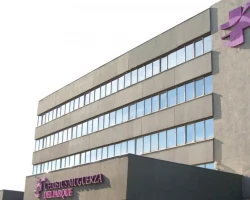
Nearby clinics in Mexico
Perhaps you should consider the following clinics we have found nearby basing on your Location, Disease filters applied.
-
Mechanical valve replacement
≈ $29,398
-
Bio-prosthetic valve replacement
≈ $27,420
-
Double valve replacement
≈ $23,119
-
Transcatheter aortic valve replacement (TAVR)
≈ $37,155
-
Aortic valve replacement (AVR)
≈ $25,559
-
Balloon valvuloplasty
≈ $21,468
-
Percutaneous balloon aortic valvuloplasty (PBAV)
≈ $10,312
-
Aortography
≈ $1,654
-
Ross operation
≈ $23,384

-
Mechanical valve replacement
≈ $29,398
-
Bio-prosthetic valve replacement
≈ $27,420
-
Double valve replacement
≈ $23,119
-
Transcatheter aortic valve replacement (TAVR)
≈ $37,155
-
Aortic valve replacement (AVR)
≈ $25,559
-
Aortography
≈ $1,654
-
Ross operation
≈ $23,384
-
Dual chamber pacemaker insertion
≈ $7,847
-
Coronary artery bypass graft (CABG)
≈ $25,360

-
Mechanical valve replacement
≈ $29,398
-
Bio-prosthetic valve replacement
≈ $27,420
-
Double valve replacement
≈ $23,119
-
Transcatheter aortic valve replacement (TAVR)
≈ $37,155
-
Aortic valve replacement (AVR)
≈ $25,559
-
Aortography
≈ $1,654
-
Ross operation
≈ $23,384
-
Dual chamber pacemaker insertion
≈ $7,847
-
Coronary artery bypass graft (CABG)
≈ $25,360
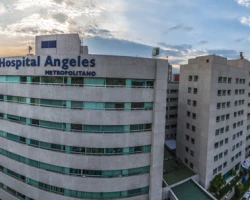
-
Mechanical valve replacement
≈ $29,398
-
Bio-prosthetic valve replacement
≈ $27,420
-
Double valve replacement
≈ $23,119
-
Transcatheter aortic valve replacement (TAVR)
≈ $37,155
-
Aortic valve replacement (AVR)
≈ $25,559
-
Aortography
≈ $1,654
-
Ross operation
≈ $23,384
-
Dual chamber pacemaker insertion
≈ $7,847
-
Coronary artery bypass graft (CABG)
≈ $25,360

-
Balloon valvuloplasty
≈ $21,468
-
Percutaneous balloon aortic valvuloplasty (PBAV)
≈ $10,312
-
Aortography
≈ $1,654
-
Ross operation
≈ $23,384
-
Dual chamber pacemaker insertion
≈ $7,847
-
Carotid endarterectomy (CEA)
≈ $6,313
-
Foam sclerotherapy (Unilateral)
≈ $781
-
Coronary artery bypass graft (CABG)
≈ $25,360
-
Peripheral artery angioplasty and stent placement
≈ $6,178

-
Mechanical valve replacement
≈ $29,398
-
Bio-prosthetic valve replacement
≈ $27,420
-
Double valve replacement
≈ $23,119
-
Transcatheter aortic valve replacement (TAVR)
≈ $37,155
-
Aortic valve replacement (AVR)
≈ $25,559
-
Aortography
≈ $1,654
-
Ross operation
≈ $23,384
-
Dual chamber pacemaker insertion
≈ $7,847
-
Coronary artery bypass graft (CABG)
≈ $25,360

Countries with the highest number of clinics treating the diseases:
Aortic valve stenosis:
Related procedures:
Quick navigation
- Aortoiliac allografting ≈ $15,704
- Balloon angioplasty and stenting of aorta coarctation ≈ $9,868
- Bilateral varicose veins surgery ≈ $2,483
- Cardiac catheterization ≈ $2,444
- Coil embolization of intracardiac shunts and fistulas ≈ $4,568
- Endoscopic vein harvesting (EVH) for coronary artery bypass graft surgery (CABG) ≈ $487
- Endovascular thrombectomy ≈ $4,497
- Femoral-popliteal bypass graft surgery ≈ $8,650
- Heart tumor surgery ≈ $14,919
- Intraaortic balloon pump (IABP) procedure ≈ $2,727
- Left atrial appendage occlusion ≈ $9,982
- NobleStitch™ PFO closure procedure by request
- Open-heart intracardiac foreign body removal ≈ $17,830
- Patent ductus arteriosus (PDA) open heart surgery in adults ≈ $6,019
- Percutaneous ASD closure ≈ $10,045
- Percutaneous closure of ventricular septal defect (VSD) ≈ $10,386
- Rashkind procedure ≈ $8,408
- Renal artery bypass surgery ≈ $10,074
- Surgery for tetralogy of Fallot (TOF) in adults ≈ $10,435
- Surgical ventricular restoration (SVR) ≈ $14,265
- Abnormal uterine bleeding (AUB)
- Acute congestive heart failure
- Aortic valve insufficiency
- Aortic valve stenosis
- Aortoiliac occlusive disease (AIOD)
- Arterial embolism
- Arteriosystemic venous (AV) shunts
- Arteriovenous malformations (AVMs)
- Atrial fibrillation (AFib)
- Brachiocephalic occlusive disease
- Brain aneurysm
- Brain arteriovenous malformation (AVM)
- Carotid body paraganglioma
- Chronic limb ischemia
- Coarctation of the aorta (CoA)
- Coronary-pulmonary arterial fistula
- External iliac artery dissection
- Kidney cancer
- Left-sided heart failure
- Liver cirrhosis



